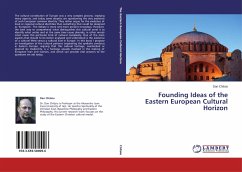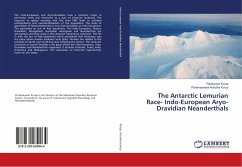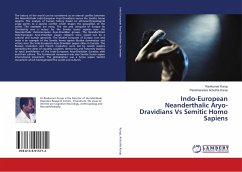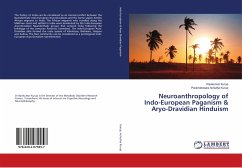
Founding Ideas of the Eastern European Cultural Horizon
Versandkostenfrei!
Versandfertig in 6-10 Tagen
51,99 €
inkl. MwSt.

PAYBACK Punkte
26 °P sammeln!
The cultural constitution of Europe was a very complex process, implying many aspects, and today some skeptics are questioning the very existence of such European common identity. They rather argue for the existence of local or regional cultural identities than something that could be designed as 'European'. The debate is more and more present nowadays. However, the best way to comprehend what distinguishes this cultural areal is to identify what unites and at the same time cause diversity, in other words what cause this particular kind of cultural complexity. One of the main aspects that shou...
The cultural constitution of Europe was a very complex process, implying many aspects, and today some skeptics are questioning the very existence of such European common identity. They rather argue for the existence of local or regional cultural identities than something that could be designed as 'European'. The debate is more and more present nowadays. However, the best way to comprehend what distinguishes this cultural areal is to identify what unites and at the same time cause diversity, in other words what cause this particular kind of cultural complexity. One of the main aspects that should to be better analyzed and understood is the existence of a cultural West versus a cultural East in Europe. In this book I propose an investigation of the cultural patterns originating the symbolic conducts in Eastern Europe, arguing that this cultural heritage, overlooked or ignored by modernity, is a heritage equally involved in the making of European man and woman, and which can providevital answers to the questions we ask today.












